Research group from the Duke University develops a three-dimensionally woven fiber scaffold which mimics the properties of native cartilage.
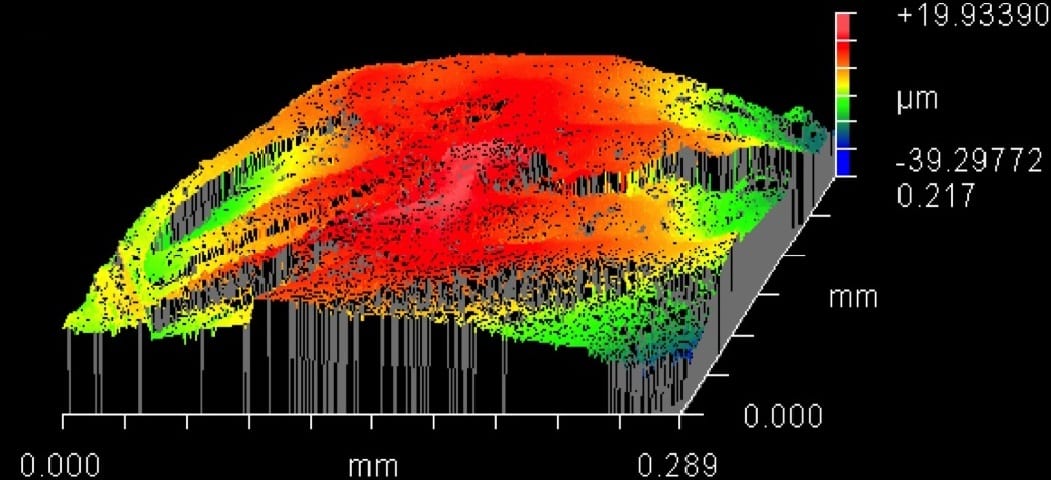

Research group from the Duke University develops a three-dimensionally woven fiber scaffold which mimics the properties of native cartilage.
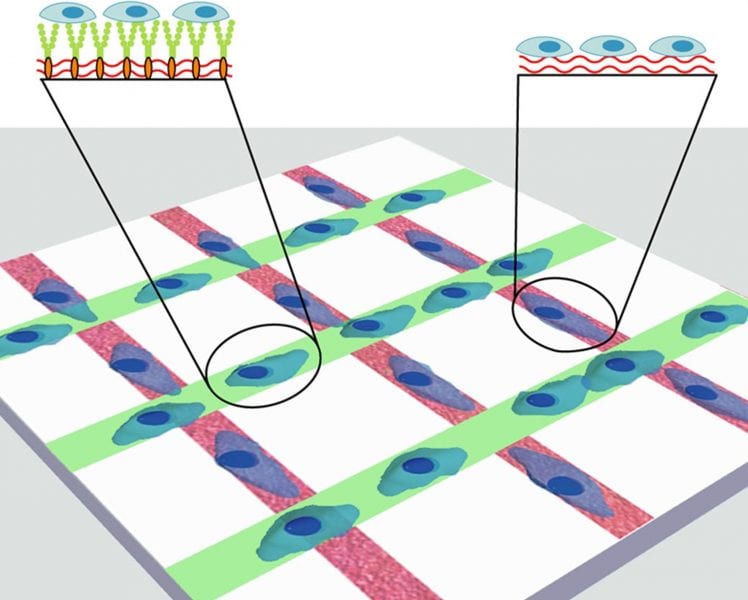
Micropatterned multicomponent interfaces as in vitro models of stem cell microenvironments with increased spatial and temporal control.
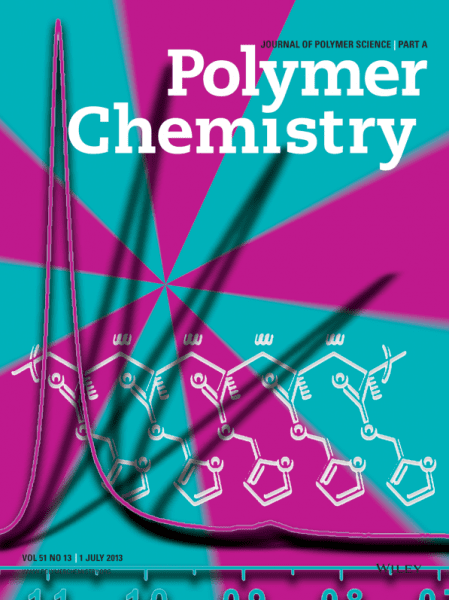
The Journal of Polymer Science Part A: Polymer Chemistry highlights some important research in the latest issue.
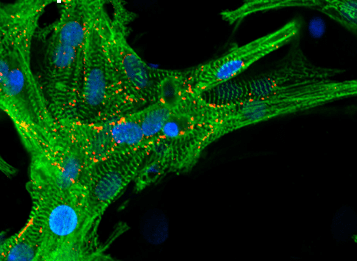
A new biomaterial for heart tissue regeneration, resembling live cardiac tissue in key characteristics, has been reported.
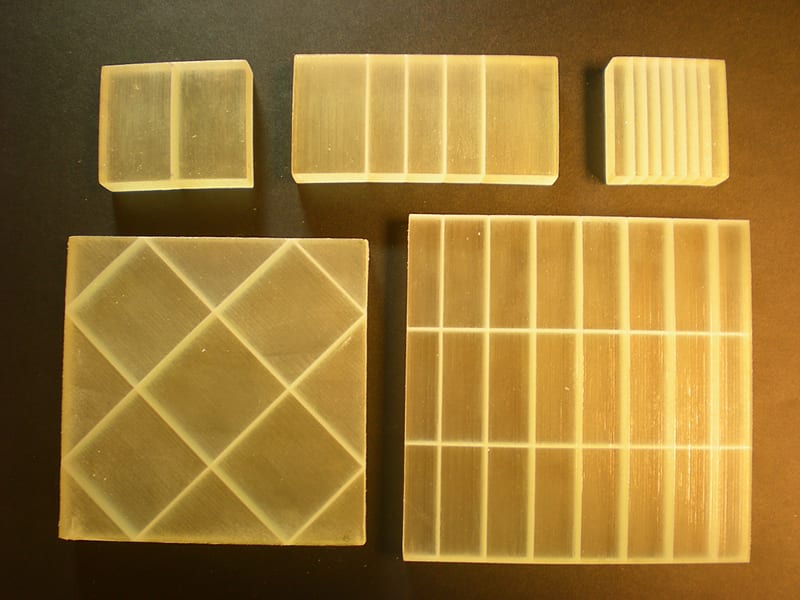
MIT researchers mimic nature to produce interfacial composite materials with stimuli-responsive microstructures.
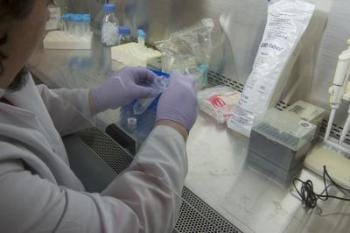
Project is titled “Silicon-based Biomaterials for an Electrical Study of Single-Neuron Dynamics.”
New York firm has developed an artificial, micro-fiber spider web to stop bedbugs, termites and other pests without the use of harmful and toxic chemicals.
Tunable material system designed by Harvard team is easily adaptable for diverse applications in fuel transport, textiles, optical systems, and more.
Researchers at Rensselaer Polytechnic Institute develop new method to kill pathogenic bacteria without antiobiotics or chemicals.
Researchers investiage the effect of mussel-inspired polydopamine functionalization on the behavior of skeletal myoblasts.